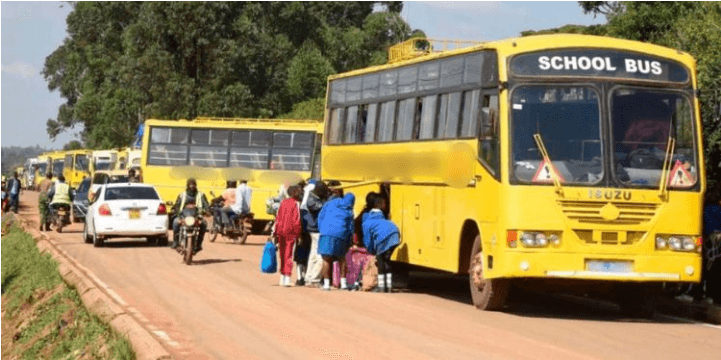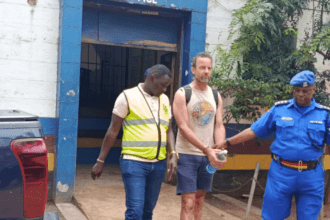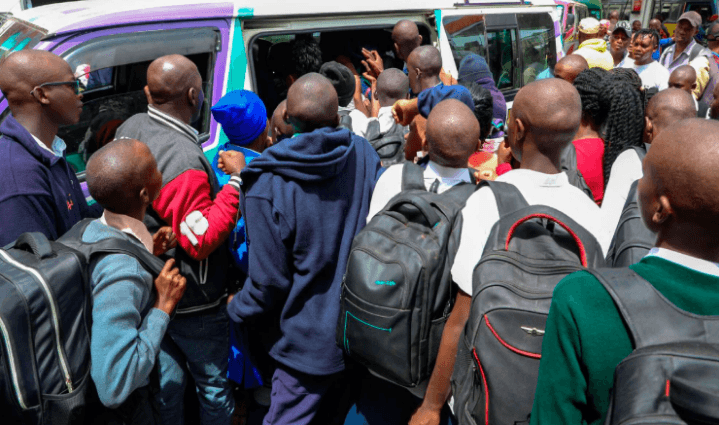
As schools across Kenya reopen for the third term, road safety takes center stage once again, particularly for school transport service providers. The National Transport and Safety Authority (NTSA) has reiterated the importance of strict compliance with transport regulations to ensure the safety of school children. Whether you’re a matatu driver, bus conductor, or school transport operator, this checklist will help you stay on the right side of the law and keep every passenger safe.
Key Requirements for School Transport Vehicles
The authority has emphasized that all school vehicles must undergo thorough inspection and possess:
- A valid inspection certificate
- A current road service license
- Up-to-date insurance cover
“Vehicle safety begins with proper maintenance,” NTSA noted that vehicle safety begins with proper maintenance. In a recent statement, they stressed the importance of regular servicing, particularly for critical components such as brakes, tyres, lights, and mirrors, which must all be in perfect working condition before transporting children.
Integration of Technology for Enhanced Safety
NTSA has also underlined the role of technology in safeguarding young passengers. Each school vehicle must be equipped with a functioning speed limiter that is linked to the Intelligent Road Safety Management System (IRSMS). This technology transmits real-time data directly to NTSA, allowing the authority to monitor vehicle speeds especially in school zones and ensure compliance with designated limits. All drivers and conductors operating school transport vehicles are required to carry an official Public Service Vehicle (PSV) badge and a valid driving license
Strict Passenger Safety Measures
Inside the vehicle, the NTSA mandates that Children or body parts hanging outside the vehicle is completely unacceptable, as it poses a significant risk of injury or death. Every child must wear a seat belt and NTSA has strongly prohibited Overloading of passengers
Addressing Substance Abuse Among Learners
The authority also highlighted the need for vigilance regarding learners who may be under the influence of drugs or alcohol. NTSA has called on schools and transport providers to act promptly and responsibly by reporting such incidents, ensuring that only safe and fit learners are allowed to travel.
Call for Public Cooperation
NTSA is urging all motorists and the general public to familiarise themselves with the new safety checklist and cooperate with traffic police and enforcement officers. The agency believes that full compliance from all stakeholders — including schools, parents, drivers, and conductors — is essential in ensuring that learners enjoy safe and secure travel throughout the school term.
Conclusion
The safety of school children is a shared responsibility. As a driver or conductor, you are trusted with precious lives every day. Following this NTSA checklist not only keeps you compliant with the law — it builds trust with schools, parents, and the community.





